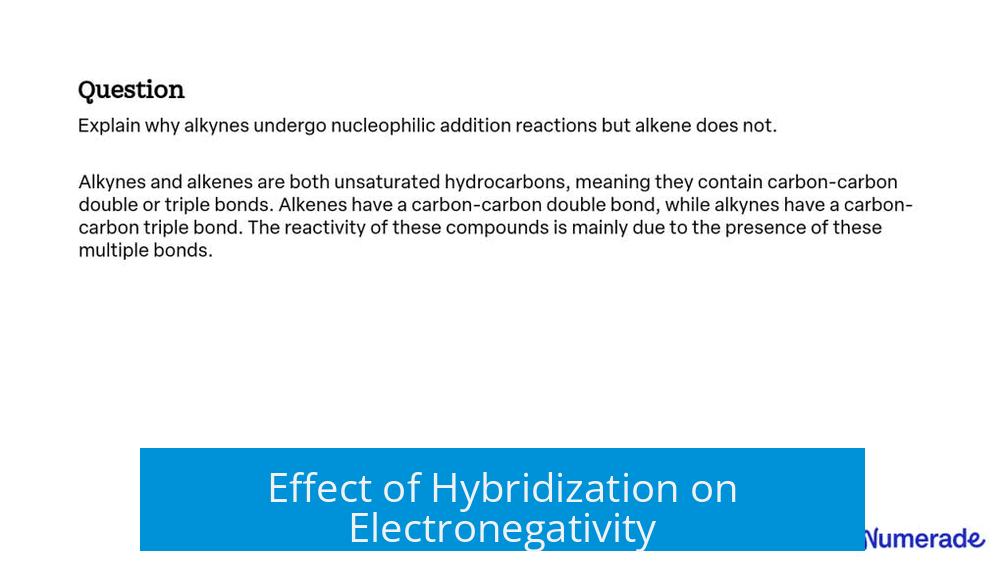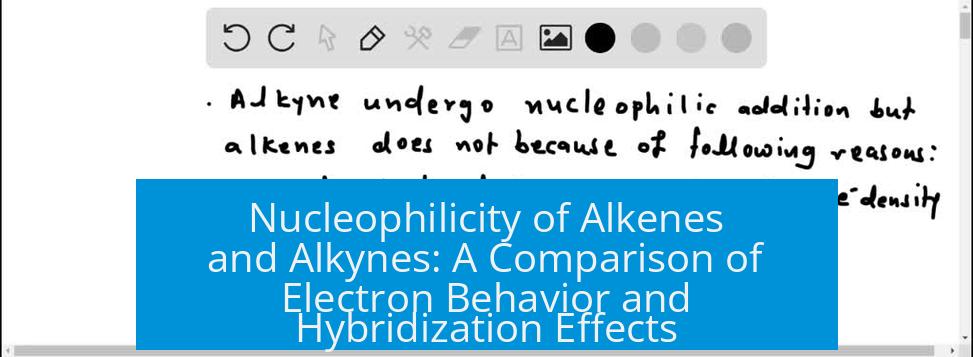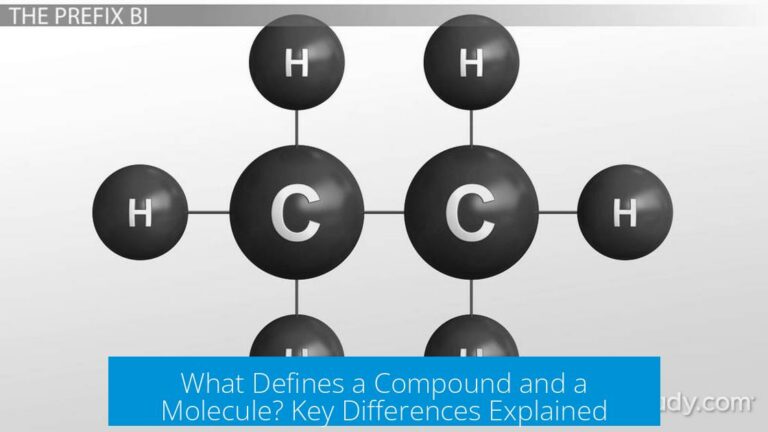Nucleophilicity of Alkenes and Alkynes

Alkenes exhibit greater nucleophilicity than alkynes due to differences in their pi bonds and carbon hybridization that affect electron availability and electronegativity.
Comparing Electron Configuration
Alkenes contain a single pi bond formed by sp2 hybridized carbons. This means each carbon has one unhybridized p orbital contributing to the pi bond.
Alkynes, in contrast, have two pi bonds involving sp hybridized carbons. Each carbon possesses two unhybridized p orbitals engaged in pi bonding.
Because alkynes have two pi bonds, their electrons are held in orbitals with higher s character and lower energy, making these electrons less available for nucleophilic interactions.
Effect of Hybridization on Electronegativity

| Type of Carbon | Hybridization | s Character | Electronegativity | Nucleophilicity |
|---|---|---|---|---|
| Alkene Carbon | sp2 | 33% | Lower (less electronegative) | Higher (more nucleophilic) |
| Alkyne Carbon | sp | 50% | Higher (more electronegative) | Lower (less nucleophilic) |
The carbon in alkynes, due to increased s character, holds electrons closer to the nucleus. This higher electronegativity reduces its tendency to share or donate electrons.
Alkenes, with lower electronegativity carbons, have more available electron density in their pi bond for nucleophilic attack or reactions.
Summary of Nucleophilic Behavior
- Alkenes tend to act as better nucleophiles compared to alkynes.
- The single pi bond in alkenes provides more reactive electron density.
- The sp hybridization in alkynes increases electronegativity, decreasing electron donation ability.
- Nucleophilicity correlates inversely with electronegativity of the carbon atoms involved.
Key Takeaways
- Alkenes have one pi bond from sp2 carbons, making them more nucleophilic.
- Alkynes possess two pi bonds from sp carbons, which are more electronegative.
- Higher s character in alkynes leads to stronger hold on electrons, lowering nucleophilicity.
- Electron availability is the main factor in differences in nucleophilic reactivity.





Leave a Comment